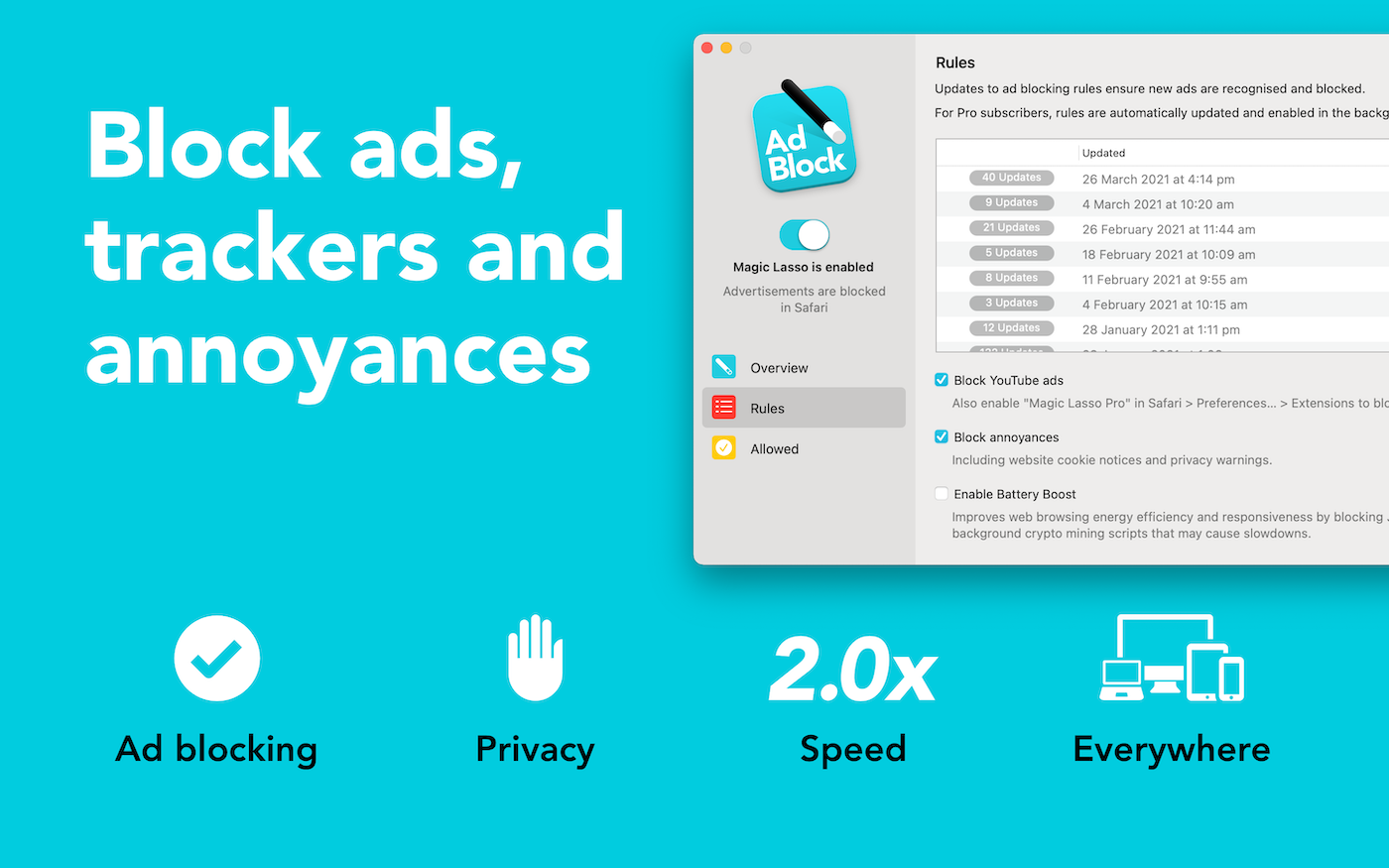Daniel Jalkut, last month year:
Which leads me to my somewhat far-fetched prediction for WWDC: Apple will talk about AI, but they won’t once utter the letters “AI”. They will allude to a major new initiative, under way for years within the company. The benefits of this project will make it obvious that it is meant to serve as an answer to comparable efforts being made by OpenAI, Microsoft, Google, and Facebook. During the crescendo to announcing its name, the letters “A” and “I” will be on all of our lips, and then they’ll drop the proverbial mic: “We’re calling it Apple Intelligence.” Get it?
Apple:
Apple today introduced Apple Intelligence, the personal intelligence system for iPhone, iPad, and Mac that combines the power of generative models with personal context to deliver intelligence that’s incredibly useful and relevant. Apple Intelligence is deeply integrated into iOS 18, iPadOS 18, and macOS Sequoia. It harnesses the power of Apple silicon to understand and create language and images, take action across apps, and draw from personal context to simplify and accelerate everyday tasks. With Private Cloud Compute, Apple sets a new standard for privacy in AI, with the ability to flex and scale computational capacity between on-device processing and larger, server-based models that run on dedicated Apple silicon servers.
To Apple’s credit, the letters “A.I.” were only enunciated a handful of times during its main presentation today, far less often than I had expected. Mind you, in sixty-odd places, “A.I.” was instead referred to by the branded “Apple Intelligence” moniker which is also “A.I.” in its own way. I want half-right points.
There are several concerns with features like these, and Apple answered two of them today: how it was trained, and the privacy and security of user data. The former was not explained during today’s presentation, nor in its marketing materials and developer documentation. But it was revealed by John Giannandrea, senior vice president of Machine Learning and A.I. Strategy, in an afternoon question-and-answer session hosted by Justine Ezarik, as live-blogged by Nilay Patel at the Verge:1
What have these models actually been trained on? Giannandrea says “we start with the investment we have in web search” and start with data from the public web. Publishers can opt out of that. They also license a wide amount of data, including news archives, books, and so on. For diffusion models (images) “a large amount of data was actually created by Apple.”
If publishers wish to opt out of Apple’s training models but continue to permit crawling for things like Siri and Spotlight, they should add a disallow rule for Applebot-Extended. Because of Apple’s penchant for secrecy, that usage control was not added until today. That means a site may have been absorbed into training data unless its owners opted out of all Applebot crawling. Hard to decline participating in something you do not even know about.
Additionally, in April, Katie Paul and Anna Tong reported for Reuters that Apple struck a licensing agreement with Shutterstock for image training purposes.
Apple is also, unsurprisingly, promoting heavily the privacy and security policies it has in place. It noted some of these attributes in its presentation — including some auditable code and data minimization — and elaborated on Private Cloud Compute on its security blog:
With services that are end-to-end encrypted, such as iMessage, the service operator cannot access the data that transits through the system. One of the key reasons such designs can assure privacy is specifically because they prevent the service from performing computations on user data. Since Private Cloud Compute needs to be able to access the data in the user’s request to allow a large foundation model to fulfill it, complete end-to-end encryption is not an option. Instead, the PCC compute node must have technical enforcement for the privacy of user data during processing, and must be incapable of retaining user data after its duty cycle is complete.
[…]
- User data is never available to Apple — even to staff with administrative access to the production service or hardware.
Apple can make all the promises it wants, and it appears it does truly want to use generative A.I. in a more responsible way. For example, the images you can make using Image Playground cannot be photorealistic and — at least for those shown so far — are so strange you may avoid using them. Similarly, though I am not entirely sure, it seems plausible the query system is designed to be more private and secure than today’s Siri.
Yet, as I wrote last week, users may not trust any of these promises. Many of these fears are logical: people are concerned about the environment, creative practices, and how their private information is used. But some are more about the feel of it — and that is okay. Even if all the training data were fully licensed and user data is as private and secure as Apple says, there is still an understandable ick factor for some people. The way companies like Apple, Google, and OpenAI have trained their A.I. models on the sum of human creativity represents a huge imbalance of power, and the only way to control Apple’s public data use was revealed yesterday. Many of the controls Apple has in place are policies which can be changed.
Consider how, so far as I can see, there will be no way to know for certain if your Siri query is being processed locally or by Apple’s servers. You do not know that today when using Siri, though you can infer it based on what you are doing and if something does not work when Apple’s Siri service is down. It seems likely that will be the case with this new version, too.
Then there are questions about the ethos of generative intelligence. Apple has long positioned its products as tools which enable people to express themselves creatively. Generative models have been pitched as almost the opposite: now, you do not have to pay for someone’s artistic expertise. You can just tell a computer to write something and it will do so. It may be shallow and unexciting, but at least it was free and near-instantaneous. Apple notably introduced its set of generative services only a month after it embarrassed itself by crushing analogue tools into an iPad. Happily, it seems this first set of generative features is more laundry and less art — making notifications less intrusive, categorizing emails, making Siri not-shit. I hope I can turn off things like automatic email replies.
You will note my speculative tone. That is because Apple’s generative features have not been made available yet, including in developer beta builds of its new operating system. None of us have any idea how useful these features are, nor what limitations they have. All we can see are Apple’s demonstrations and the metrics it has shared. So, we will see how any of this actually pans out. I have been bamboozled by this same corporation making similar promises before.
“May you live in interesting times”, indeed.

